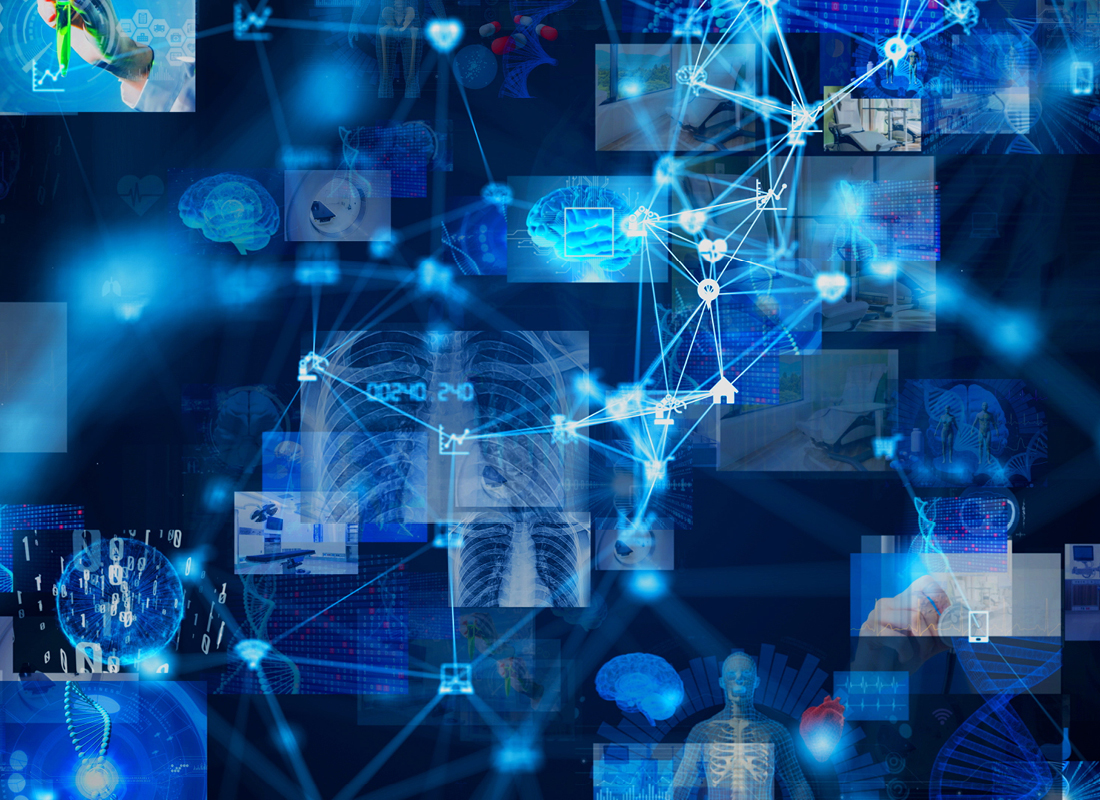Lab 2.0, The Future of Labs
From - Diagnostic Testing & Emerging Technologies What will the laboratory of the future look like? Attendees at G2's 36th annual Lab Institute (Oct. 24-26; Washington, D.C.) got a glimpse in the keynote… . . . read more

What will the laboratory of the future look like?
Attendees at G2’s 36th annual Lab Institute (Oct. 24-26; Washington, D.C.) got a glimpse in the keynote “Transitioning from Lab 1.0 to Lab 2.0.”
Lab 1.0 is transactional, reactive, and has a focus on volume and cost-per-test, explained James Crawford, M.D., Ph.D., senior vice president, laboratory services at Northwell Health.
Lab 1.0 has many givens. Laboratories provide patients access to testing. Laboratories provide accurate results, without error, and in a timely fashion. Laboratory testing is responsive for medical practice.
In contrast, Lab 2.0 is focused on value—value to the consumer, value to the payer, and value to the health system.
Lab 2.0 develops the evidence base for valuation of clinical laboratory services in the next era of American health care, Crawford says. It is proactive and strategic. Further, Lab 2.0 is focused on value.
- This includes time-to-diagnosis, time-to-effective care, care coordination, and the escalation or de-escalation of care
- Closing gaps in care
- Supporting and leading wellness care, screening, monitoring, and chronic disease management
- Translating quantifiable measures of population and economic outcomes
So, where are we now? Many labs are in the transition period—Lab 1.5. Crawford says the bad part of the transition period is that labs are losing revenue as a result of utilization management, but without yet monetizing the value-added services it can provide.
From a financial perspective, Lab 1.0 is able to maximize lab efficiencies and achieve growth. Lab 1.5 can diversify revenue streams with complementary business, while ultimately; Lab 2.0 can prospectively achieve attribution and payment for the lab based on demonstration of value-added services.
Crawford says there are steps laboratories can take in preparation for monetizing value. He advises that laboratories leverage information they are already generating; quantify clinical and economic outcomes, and track realized economic impact.
Subscribe to Clinical Diagnostics Insider to view
Start a Free Trial for immediate access to this article